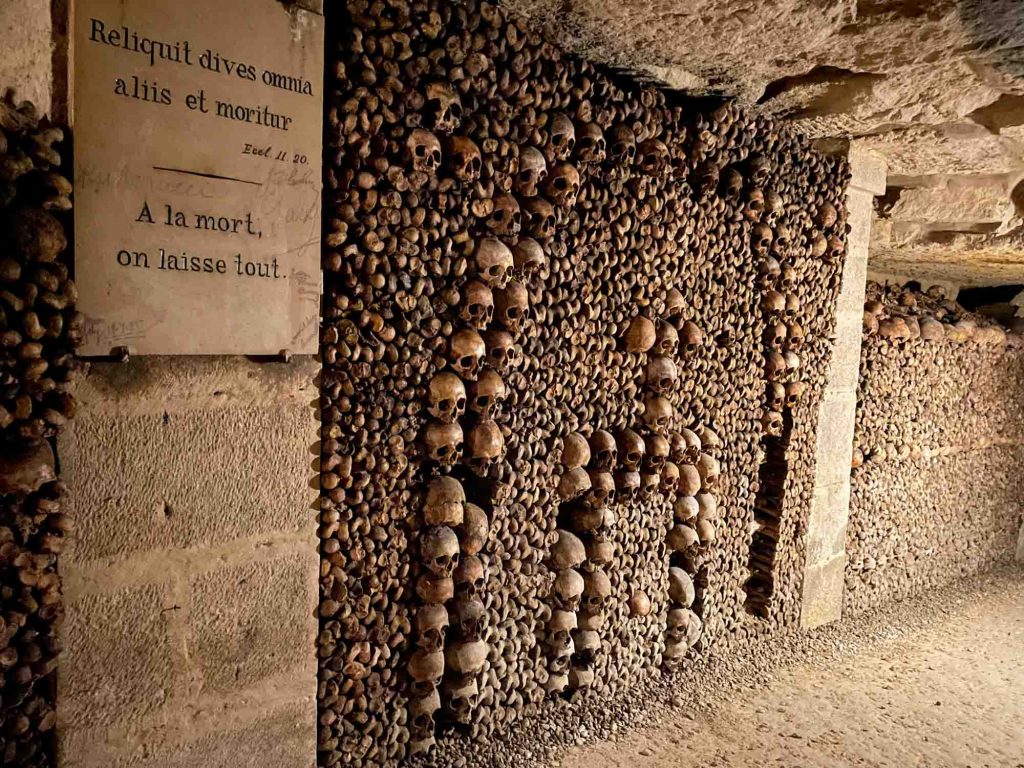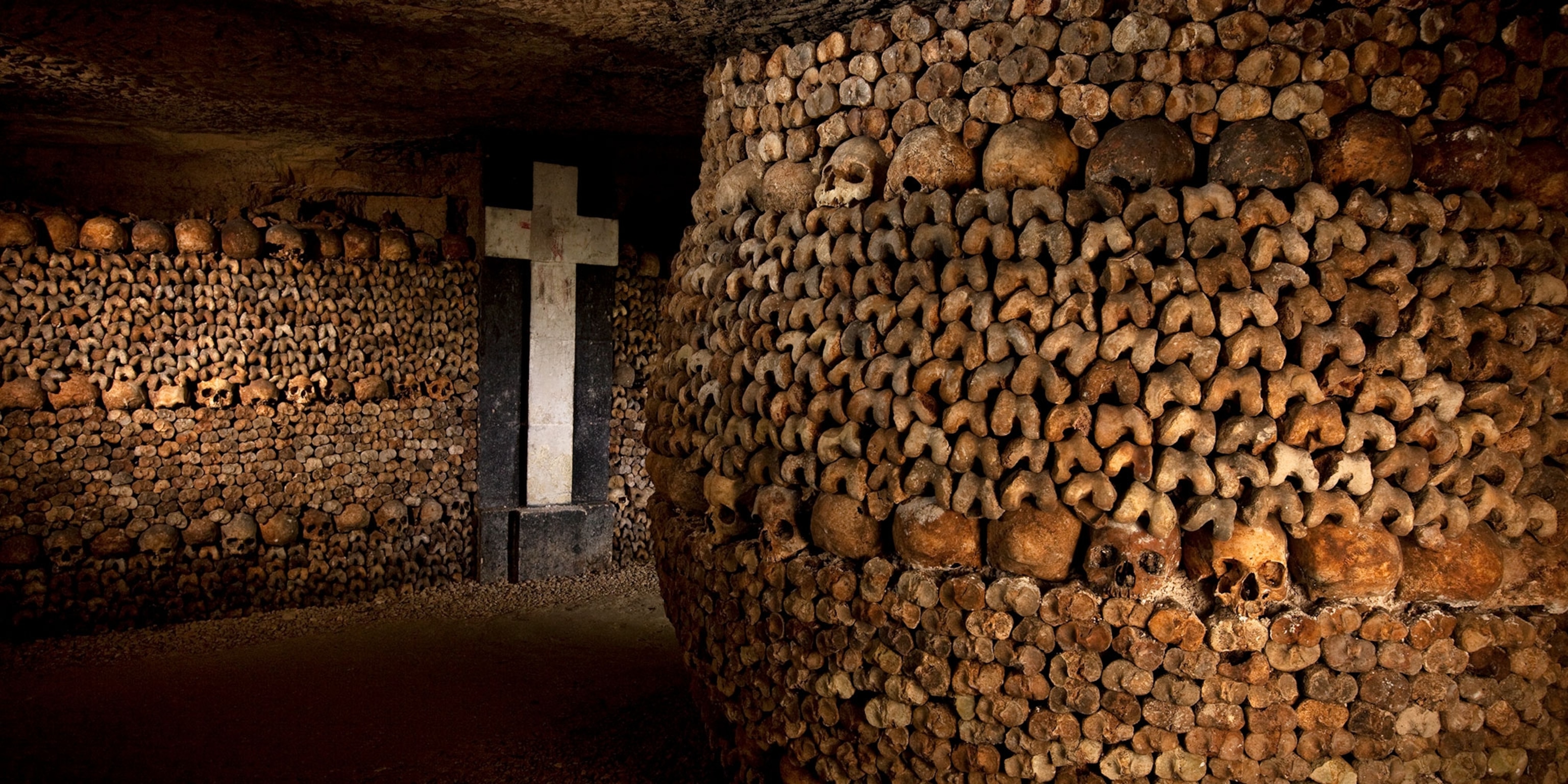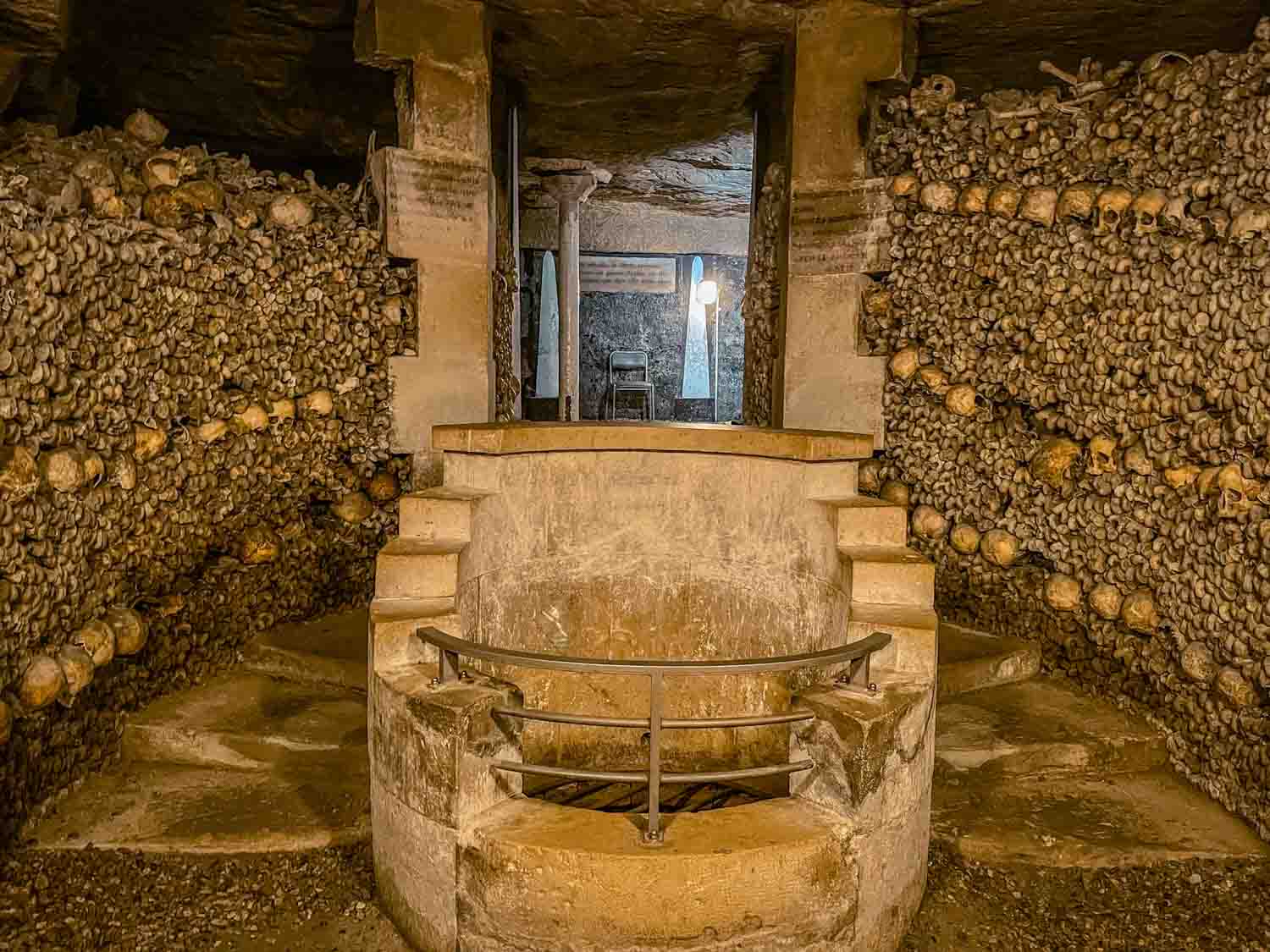Beneath the bustling streets of Paris lies one of the city’s most intriguing and eerie landmarks: the Catacombs of Paris. This vast network of underground tunnels and chambers stretches over 300 kilometers, and has served a variety of purposes throughout history. Today, however, it is best known for its role as an ossuary — a final resting place for the remains of approximately six million Parisians.

The Origins of the Catacombs
The creation of the catacombs dates back to the 18th century, when Paris faced a crisis due to overcrowded cemeteries. The city’s burial grounds were becoming so packed that the resulting health risks prompted the government to take drastic action. In the late 1700s, authorities began relocating the remains of the deceased from the overcrowded cemeteries to an underground limestone quarry beneath the city. This process continued for many years, ultimately creating an extensive ossuary that now holds the remains of millions.

While the catacombs were initially established for practical and sanitary reasons, they have since evolved into an iconic symbol of Paris’s history, offering a unique and haunting perspective on the city’s past.
The Catacombs During Wartime
Over the centuries, the catacombs’ role extended beyond their use as a burial site. During World War II, parts of the catacombs were repurposed for military purposes. They became secretive underground bases for the French Resistance, who used them as hiding spots and operational hubs in their fight against Nazi occupation. The catacombs were also utilized by the Nazi army during their time in Paris, further contributing to the site’s complex and layered history.

Cultural Significance and the 19th-Century Revival
In the 19th century, the catacombs were rediscovered and became a place of fascination for Parisians and visitors alike. The macabre setting provided the perfect backdrop for entertainment events such as concerts, where artists and musicians performed in the dark, somber atmosphere of the underground chambers. This unexpected use of the catacombs highlights their versatility and the evolving nature of their cultural significance. While they remained a place of death, they also became a site for cultural expression.

A Unique Tourist Attraction
Today, only a small portion of the catacombs is accessible to the public, allowing tourists to explore a carefully curated section of this vast underground world. Visitors can walk among the neatly arranged bones and skulls, a stark reminder of Paris’s ever-present history of life and death. The catacombs offer a fascinating window into the past, telling the story not only of those who were buried here but also of the shifting roles and purposes the catacombs served throughout the centuries.

The Enduring Allure of the Catacombs
The Catacombs of Paris continue to captivate tourists from around the world, offering a rare glimpse into the dark yet compelling history of the city. The eerie atmosphere, combined with the rich historical context — from overcrowded cemeteries to wartime resistance and cultural performances — makes the catacombs one of Paris’s most unique and haunting attractions. Whether viewed as a tomb, a military hideout, or a cultural venue, the catacombs hold a special place in the city’s history and continue to fascinate those who seek to uncover its secrets.

